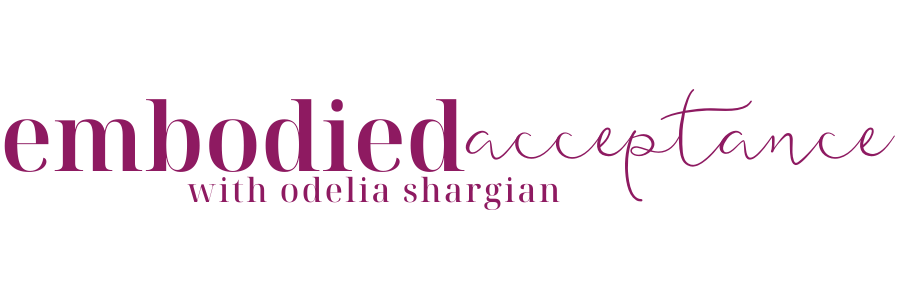When your nervous system is in a state of alarm, co-regulation works like a charm
Did you know nervous systems talk to each other?
Communication isn’t just an interpersonal process. It’s also a biological and neurological one.
Our nervous systems can affect each other - for better or worse.
When it’s a calming and soothing effect, it’s called co-regulation.
It starts at birth.
Newborns and infants can’t regulate their nervous systems yet. They depend on caretakers for that.
Babies are held, cuddled, rocked and sung to.
Secure attachments teach us how to self-regulate and self-soothe.
A secure attachment as a child can lead to relying on our relationships for regulation as adults, too.
If we’re not used to relying on others because of a non-secure attachment, it may not even feel like an option.
If that feels like you, start by being aware of the power of co-regulation. That will help you see where you're already experiencing co-regulation. Then, intentionally seek opportunities for new experiences.
Co-regulation is a two-way street, of course. So your presence can have a soothing effect on others, too.
Smiling at a stranger? You’re co-regulating their nervous system.
Feeling l tense or upset? Find someone you feel safe with.
This alone can have a regulating effect on your system.
Recently my husband went through a medical event and was experiencing anxiety around it, he asked me to come close.
His whole body relaxed as soon as I did. I suggested we breathe together, so I listened to his breath and synchronized my breath to his. His tension melted away instantly.
Co-regulation is the bread and butter of Somatic Therapy. It offers deep healing work, which happens when clients feel safe.
As a therapist I constantly work on regulating my own nervous system so that the magic of co-regulation can happen.
